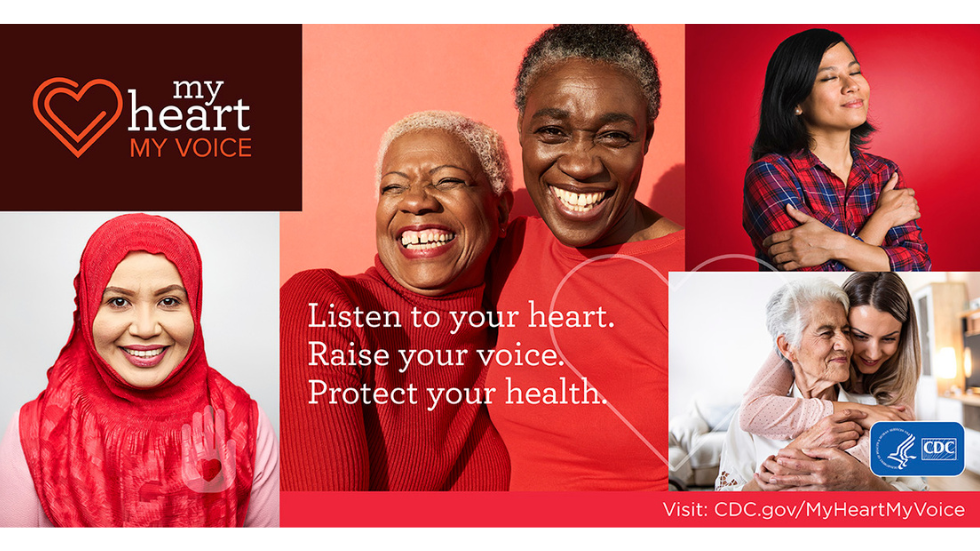February is American Heart Month so it’s a great time to highlight the importance of keeping ourselves and our “ticker” healthy! What does “heart health” mean? Heart health, or cardiovascular health, refers to the heart and blood vessels. It includes a group of diseases such as coronary heart disease, stroke, heart failure, heart arrhythmias, and heart valve problems.
According to the World Health Organization, an estimated 80% of heart attacks and strokes are preventable – so let’s look at what we can do to protect ourselves.
Your Diet
- Eat more fiber! Aim for 25-mg of fiber per day. Load up on plant foods such as fruits, vegetables, pulses (beans, lentils, peas), nuts, seeds, whole grains, and herbs and spices.
Tips: Include a wide variety of colorful fruits and vegetables; add pulses to soups or salads; top oatmeal with nuts; add seeds to smoothies; cook up a grain for a side dish; add herbs and spices to dressings and marinades.
- Limit saturated fats. Most saturated fats come from animal sources, including meat (beef, lamb, pork, poultry with skin) and dairy products (full-fat milk, butter, cheese, ice cream), as well as coconut, palm, and palm kernel oils. And don’t forget about fried foods and baked goods such as biscuits, cakes, pastries, and cookies. These can be high in saturated fat as well.
Tips: Choose plant protein such as beans, lentils, nuts, and seeds; choose low-fat and fat-free dairy products; choose leaner meats such as skinless poultry and fish; opt for healthy fats such as nuts/nut butters, avocado, eggs, chia seeds, olive oil, and fatty fish.
- Cut down on sodium. Aim for less than 2300-mg of sodium per day. Foods high in sodium include canned soups and broths, canned vegetables/vegetable juice, cheese, dressings, processed meats, packaged meals, snack foods, restaurant foods, and more!
Tips: Read food labels! Look for “Sodium” about halfway down the label. If the “% Daily Value” per serving is over 20%, that’s considered high in sodium; choose fresh foods over packaged meals; look for “low” or “no sodium” options; use herbs and spices to flavor food instead of table salt.
Let’s Get Moving!
According to the Center of Disease Control (CDC), adults aged 18 to 64 should aim for 150 minutes of moderate intense activity (brisk walking, riding a bike) and two days a week of strength exercises (lifting weights, using resistance bands). If you are unable to meet these recommendations, do your best to stay active.
Other Ways to Manage Your Heart Health
Of course, minding your eating habits and moving more are ways to improve your heart health, but there are other lifestyle modifications that are helpful as well.
Be sure to check out these websites to learn more about heart disease and what you can do to lower your risk of a cardiac event.
Heart Healthy Foods Shopping List
American Heart Month 2024 Toolkits
By Michele DiCristofaro MS, RD, LDN

